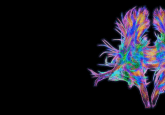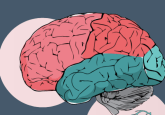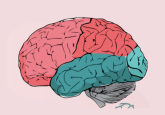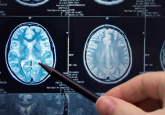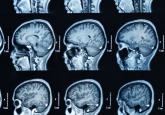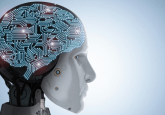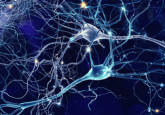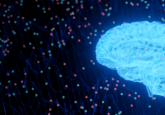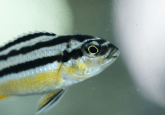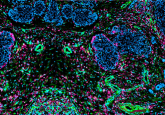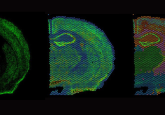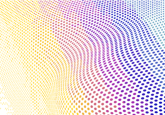Imaging in neuroscience

Imaging methods help neuroscientists understand the structure and function of the central nervous system, from cell-to-cell interactions and signal transduction to regional brain connectivity and differences between varying functional areas. Understanding these gives us insight into various functions, such as speech and memory, and how these are impacted in neurological disorders, including dementia and Alzheimer’s, which have become more common as the population ages.
There are a wide range of neuroimaging methods, from non-invasive methods that are utilized in clinical settings, such as magnetic resonance imaging (MRI) to basic research techniques that are carried out on model organisms, such as fluorescence microscopy. Over the past decade, the field has seen advancements and the development of new technologies that take imaging that step further. For example, spatial and single-cell tools allow researchers to build a complete picture of the brain in multiple dimensions, and deep learning models enable images to be analyzed to a level that was not possible before.
This Spotlight will explore:
- The various neuroimaging techniques available
- Technological advancements that have improved neuroimaging
- The role of neuroimaging in neurodegenerative disorders
